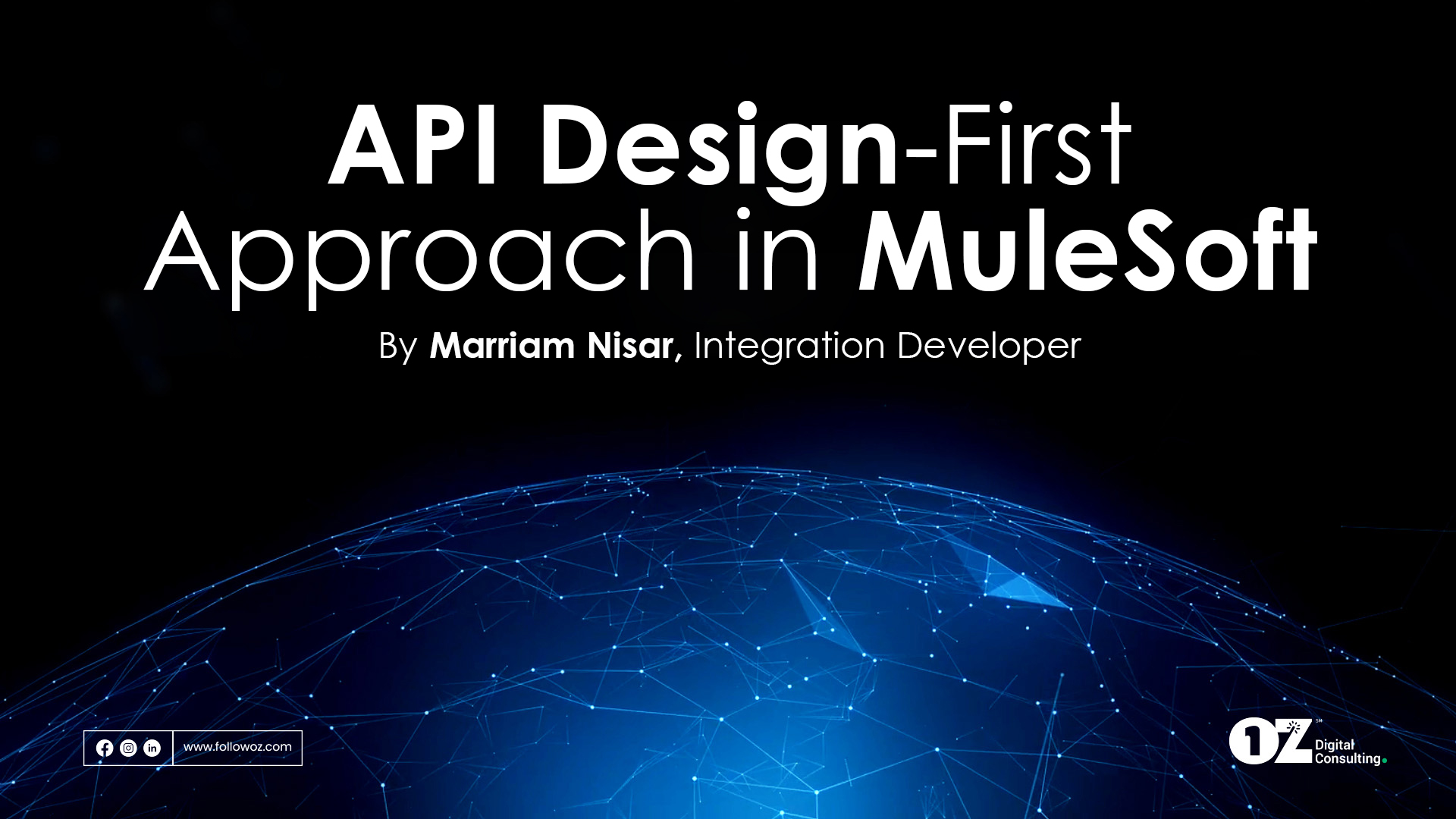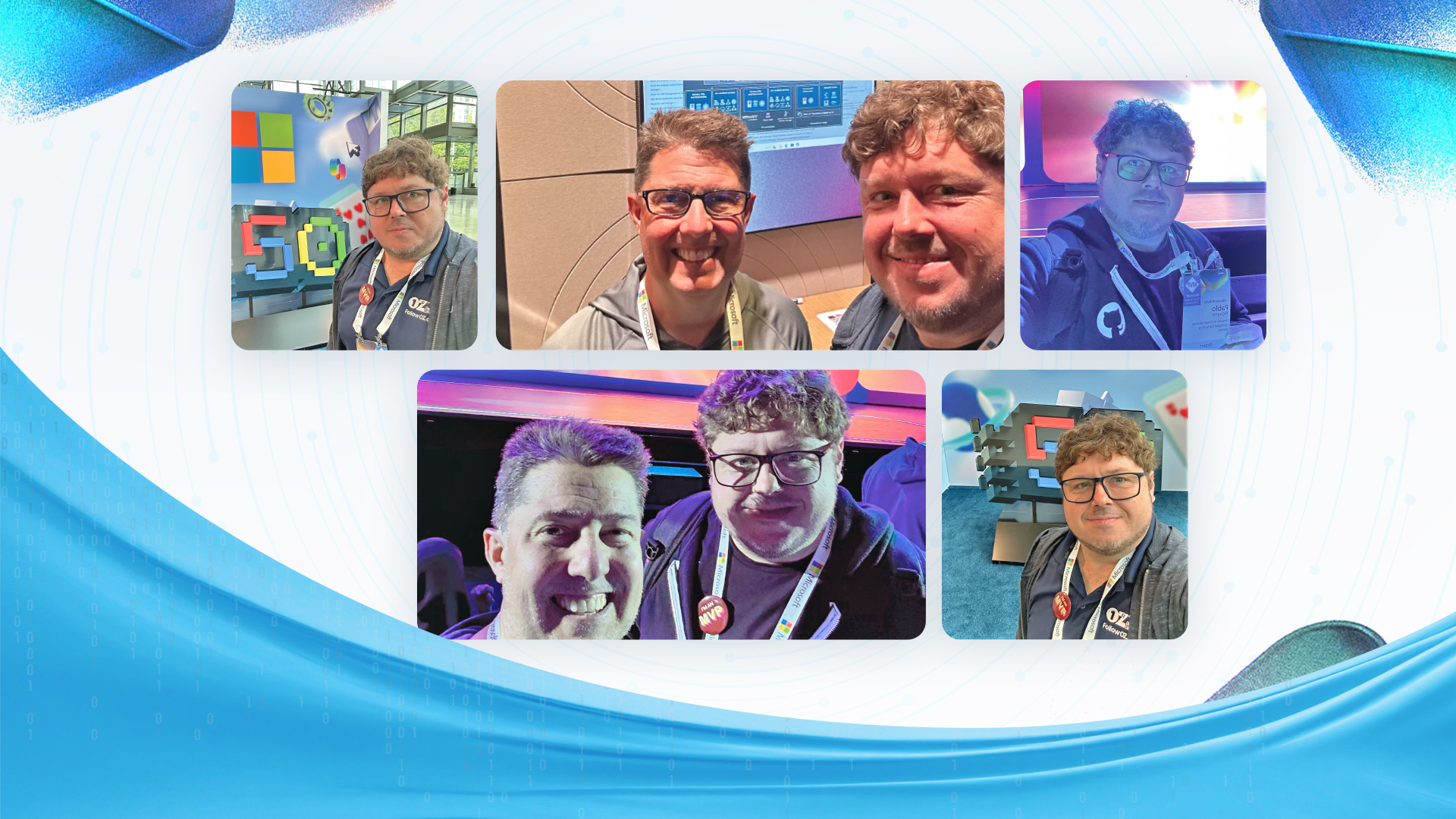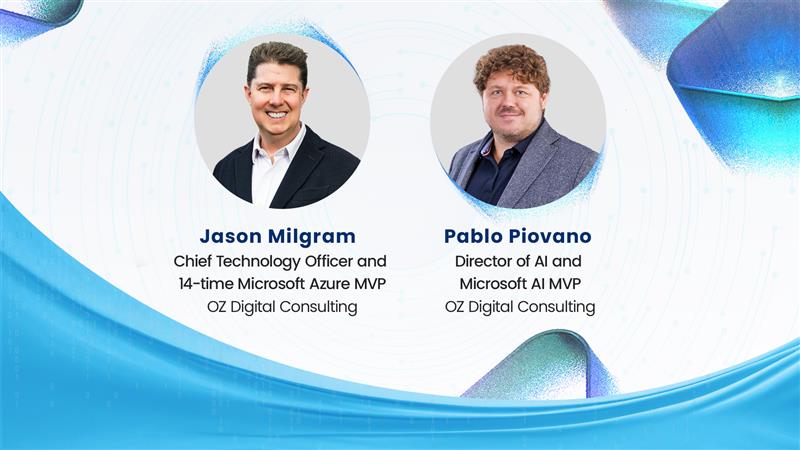By Marriam Nisar, Integration Developer
In today’s fast-paced digital landscape, businesses increasingly rely on Application Programming Interfaces (APIs) to connect and streamline systems, enabling them to stay competitive and agile.
But how to best craft robust and future-proof integrations?
Enter the “design-first” approach.
What is a Design-First Approach?
Traditionally, API development followed a “code-first” approach, in which developers would begin by writing code and then generate documentation.
While this approach works, it too often leads to inconsistencies, inefficiencies, and difficulties in maintaining and evolving APIs over time.
The “design-first” approach, on the other hand, flips this process on its head by prioritizing the design of the API’s structure, contract, and documentation before writing any code. This means that developers and stakeholders collaborate to define the API’s purpose, endpoints, data structures, and expected behaviors upfront.
The MuleSoft Advantage
MuleSoft, a leading integration platform, empowers organizations to create, manage, and deploy APIs efficiently.
Benefits of a “design-first” approach in MuleSoft include…
- Improved Collaboration. The Design-First approach encourages cross-functional collaboration between developers, architects, and business stakeholders. This ensures that everyone is on the same page regarding the API’s objectives and functionality.
- Clear Documentation. With the API contract defined from the start, you automatically generate clear and accurate documentation. This documentation becomes a valuable resource for developers who consume the API.
- Radical Rework. By focusing on design before coding, you can identify potential issues early in the process. This reduces the chances of having to rework the API later, saving time and resources.
- Enhanced Security. Designing security features and access controls from the outset helps create more secure APIs. This is critical in today’s environment where data privacy and security are paramount.
- API Governance. A Design-First approach promotes API governance by enforcing standards and best practices right from the beginning. This ensures consistency across all APIs in the organization.
- Faster Development. Surprisingly, taking the time to design the API upfront often leads to faster development in the long run. Developers can focus on implementing the agreed-upon design, leading to quicker time-to-market.
Implementing a “Design-First” Approach in MuleSoft
To implement a Design-First approach in MuleSoft, start by gathering your project’s stakeholders, including business analysts, architects, and developers. Use a tool such as RESTful API Modelling Language (RAML) and OpenAPI Specification (OAS) to collaboratively design the API. Ensure that the design includes the API’s purpose, endpoints, data models, request/response structures, and security requirements.
Once the design is complete and approved, developers can use it as a blueprint to start coding the API using MuleSoft’s Anypoint Platform. With the contract defined, the development process becomes smoother, and the resulting API is more fully aligned with the organization’s needs.
Your Next Steps
The Design-First approach is a game-changer in MuleSoft integration. It fosters collaboration, reduces development time, enhances security, and ensures API governance. By putting design at the forefront of the development process, organizations can create APIs that are not just functional but also maintainable and adaptable to future changes.
When you’re ready to make APIs work for you, leverage the OZ partnership with MuleSoft to unify your data, automate business processes, and build next-level connected experiences.



